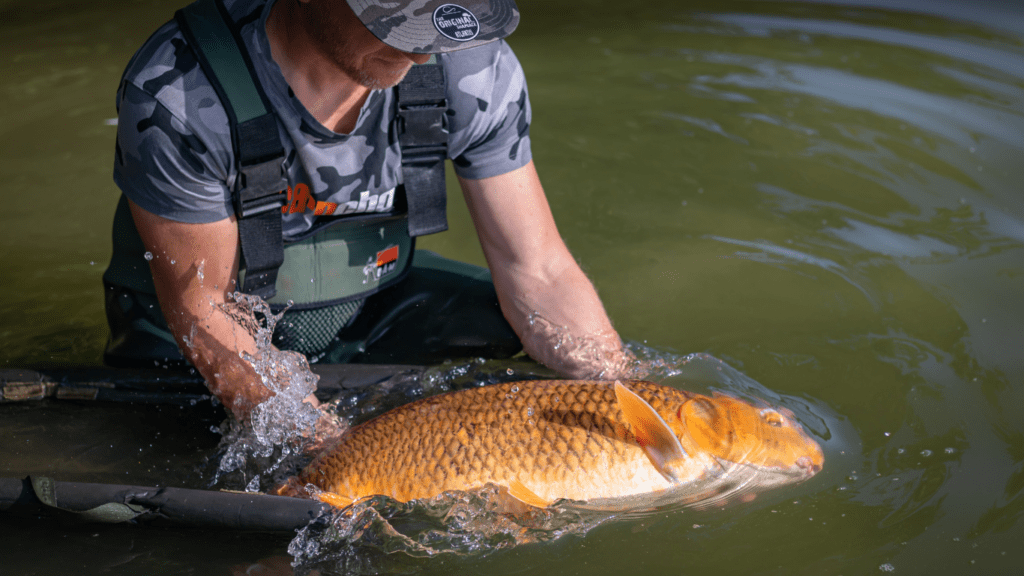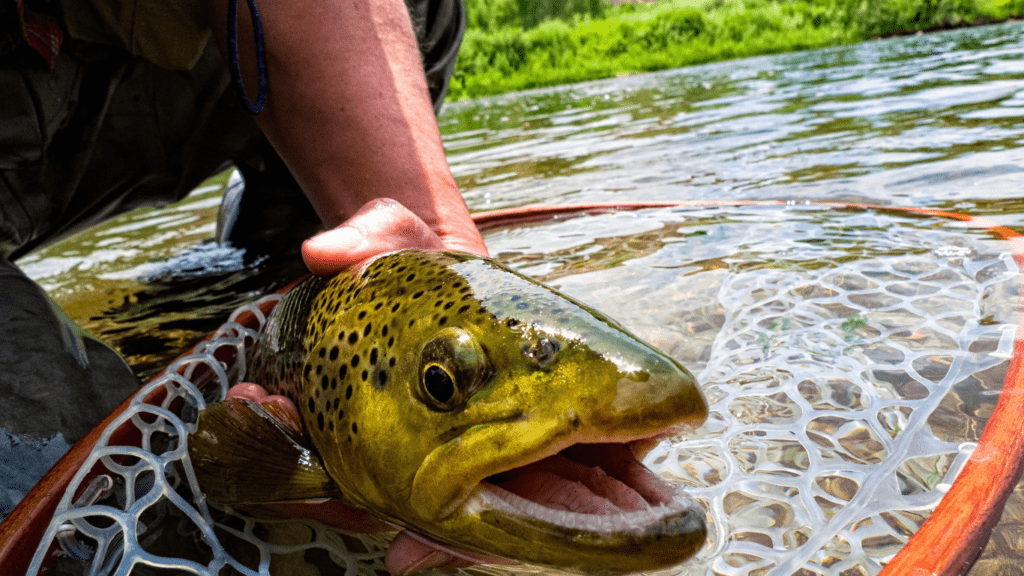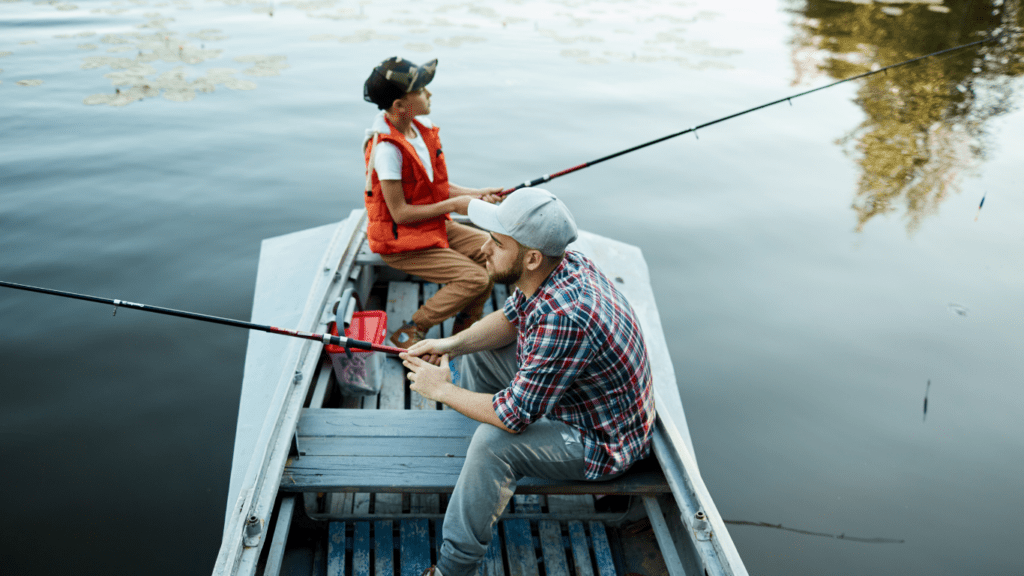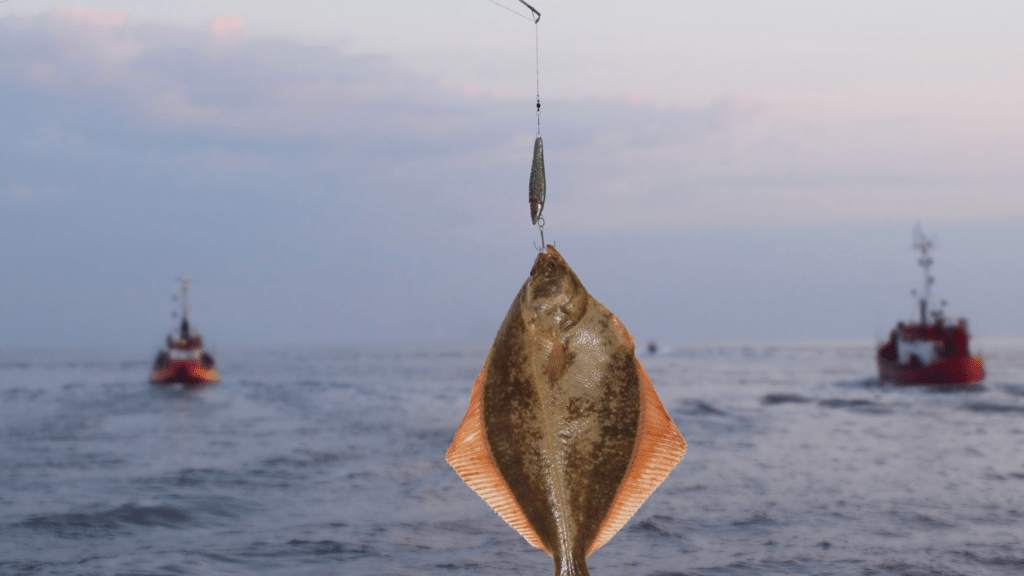Fishing isn’t just a pastime for me—it’s a connection to nature. But with that connection comes responsibility, especially when it comes to catch and release fishing. It’s not just about letting the fish go; it’s about ensuring they survive and thrive after being caught.
Understanding Catch And Release Fishing
Catch and release fishing combines the thrill of the sport with a commitment to protecting aquatic ecosystems. It focuses on minimizing harm to fish populations while ensuring their survival after release.
What Is Catch And Release Fishing?
Catch and release fishing is a practice where anglers return fish to their natural habitat after capturing them. Instead of keeping the catch, I ensure the fish are released unharmed, prioritizing survival over trophy value. This method often involves:
- using barbless hooks
- removing the fish carefully
- reducing the time they’re out of the water
Popular in both recreational and competitive fishing, it’s an essential approach for sustainable fishing practices.
Importance Of Conservation In Fishing
Conservation plays a vital role in catch and release fishing by safeguarding fish populations from overfishing. I see it as a way to balance human enjoyment with ecological preservation. Healthy aquatic ecosystems depend on sustained fish stocks, which, in turn, support biodiversity and water quality. Catch and release, when done correctly, prevents population decline and ensures future generations can enjoy the sport responsibly.
Essential Gear For Catch And Release Fishing
Having the right gear is crucial for successful catch and release fishing. Proper equipment minimizes harm to fish and ensures smooth handling during release.
Best Fishing Rods And Reels
Using the right rod and reel combination improves control and reduces stress on the fish. Medium to fast-action rods work well for this technique, as they provide a balanced sensitivity and strength. Pairing these rods with spinning or baitcasting reels ensures smooth drag systems, crucial for controlled retrieval. Look for reels with adjustable drag settings, which reduce strain on fish during the fight. For example, Shimano Stradic and Daiwa Tatula reels are reliable options.
Tools For Handling Fish Safely
Safe handling tools protect both the fish and the angler. A rubber or silicone-coated landing net prevents injuries to a fish’s scales and slime layer. Avoid knotted nets, as they can cause abrasions. Use long-nosed pliers or fish-friendly hook removers, like the Berkley Hook Remover, to easily de-hook fish without excessive handling. Barbless hooks simplify removal and reduce the risk of injury. Packing a pair of fishing gloves, such as neoprene or latex, offers better grip while safeguarding fish from human oils and bacteria.
Techniques For Proper Catch And Release

Applying effective techniques during catch and release ensures fish survival and supports conservation goals. Every step matters in minimizing harm and returning fish safely to their habitat.
How To Minimize Fish Stress
- Keeping fish stress low increases their survival rate after release.
- Limit the fight duration by landing the fish quickly and avoid playing it to exhaustion.
- Always wet hands or gloves before handling fish to protect their mucus layer, which guards against infections.
- Use barbless hooks to simplify hook removal.
- Maintain fish in water as much as possible, raising it only briefly for documentation like photos.
Safe Handling And Removal Of Hooks
Proper handling reduces physical trauma to fish. Support their body gently, ensuring it’s not squeezed. Employ rubberized or silicone nets to prevent scale or fin damage. Use long-nosed pliers or hook removers for efficient and safe extraction. Avoid touching gills or inserting fingers in the gill openings. If the hook is deep or stuck, cut the line close to the hook as fish can often expel it naturally.
Releasing Fish Back Into The Water
Releasing fish correctly promotes their recovery. Hold fish gently in water, facing upstream in flowing conditions. Allow water to flow through their gills before letting them swim away on their own. Avoid throwing or dropping fish into the water. For species-specific techniques, be familiar with the unique release methods for the fish you’re targeting.
Common Mistakes To Avoid
Catch and release fishing benefits ecosystems only when performed correctly. Avoiding common mistakes ensures higher fish survival rates.
Improper Hook Removal
Removing hooks improperly can severely injure fish. Use tools like long-nosed pliers or fish-friendly hook removers to handle this step efficiently. Barbless hooks simplify removal. If a hook is deeply embedded, cut the line as close to the hook as possible rather than forcing it out.
Mishandling The Fish
Rough handling stresses fish and damages their protective mucus layer. Wetting hands or gloves before contact prevents this damage. Avoid squeezing fish or exposing them to dry surfaces like the ground or boat. Support their body fully, especially for larger species, to reduce strain.
Delays In Releasing The Fish
Prolonged air exposure reduces fish survival rates. Keep fish in water as much as possible during hook removal and preparation for release. If pictures are necessary, ensure they’re quick and the fish is returned to water immediately afterward. Allow sufficient time for the fish to revive if needed before letting it swim away.
Benefits Of Catch And Release Fishing
Catch and release fishing plays a critical role in protecting aquatic environments and ensuring long-term access to fishing opportunities. This practice offers multiple ecological and recreational benefits when done responsibly.
Preserving Fish Populations
Releasing fish after capture directly contributes to maintaining stable fish populations. By allowing fish to return to their habitats unharmed, I help reduce overfishing pressures and ensure breeding opportunities for native species. Populations of vulnerable species, such as wild trout or bass, remain healthier, supporting biodiversity within the water body.
Supporting Ecosystem Health
Healthy fish populations strengthen aquatic ecosystems by maintaining balanced predator-prey relationships and nutrient cycles. When I return fish to their environment, I contribute to preserving key ecological roles that support water quality and habitat stability. This promotes a thriving ecosystem where various wildlife, including birds and other aquatic species, can coexist successfully.
Promoting Sustainable Fishing Practices
Catch and release sets a standard for responsible angling, encouraging others to embrace conservation principles. I see this practice as a way to enjoy fishing while protecting resources for future use. By adopting sustainable methods, such as using gear designed to minimize harm, I actively foster a culture of environmental stewardship among anglers.





